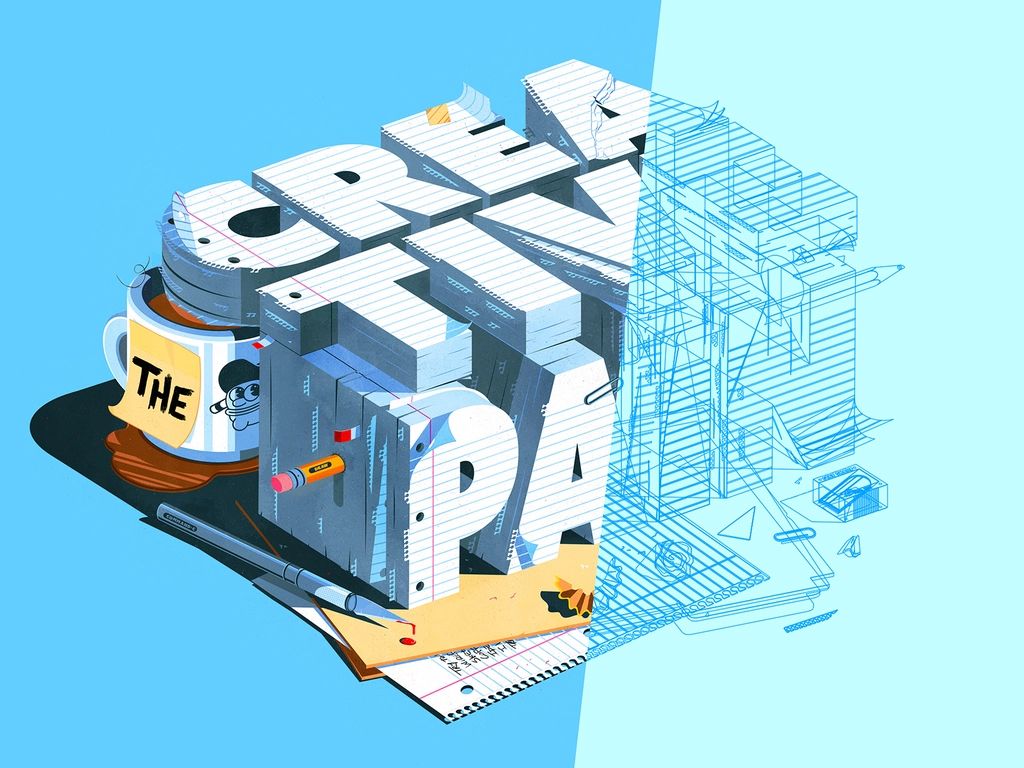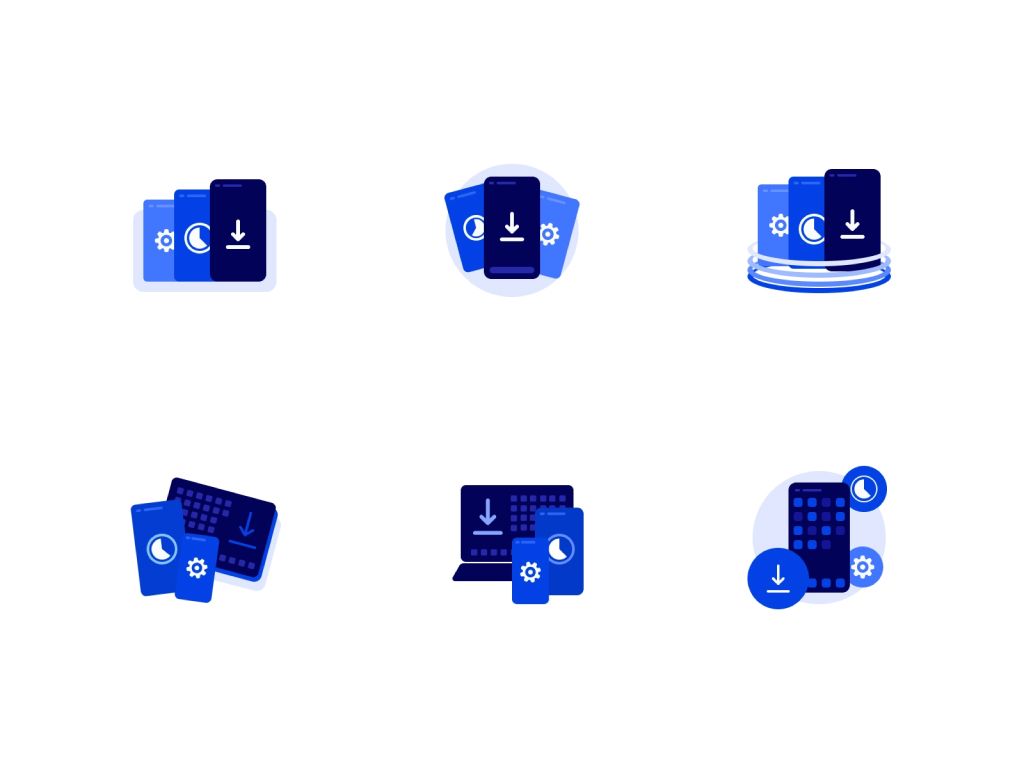Product Confidence: UX Testing in the Early Stages

Product development is a complex process that involves many stages, from ideation to market release. It’s one of the most critical stages in this process is UX testing, which enables the evaluation of how user-friendly and useful the product is and how ready it is to meet users.
This testing can be conducted at various stages, but conducting it on the first stages in development allows for identifying and rectifying errors and improving the product before the cost of error exceeds the value of user interest.
The aim of this article is to review methods and tools for conducting UX testing in the early stages of product development. We will discuss the product development stages where testing can be conducted and the steps and tools that can help develop expertise overall.
I. Product development stages
Product development is a complex process that involves many stages. Let's take a closer look at each stage and its role in product development from a UX perspective.
Market and user research
The first stage of product development is market and user research. At this stage, we determine what problem our product should solve and who our target audience is. Here, we try to understand the needs and expectations of our users from our product.
Concept creation
A concept is a description of a product that includes its functionality, features, and benefits. At this stage, we can also create initial sketches and prototypes of the product to test whether it meets the needs of our users.
Design development
At this stage, we create a product design that should be convenient and attractive for users. At this stage, we can also conduct A/B testing of the design to find the optimal option for our users.
Functionality development and testing
We conduct testing to verify that the product works as needed. At this stage, we can also conduct usability testing to check whether our product is easy to use and meets, for example, heuristics.
Beta testing (conditional)
At the fifth stage, we conduct beta testing to test the product on real users. Beta testing helps to collect feedback from users and improve the product before its release on the market.
Launch on the market
After launching the product on the market, we can continue to collect feedback from users and improve the product to ensure its success.
In the process of product development, we can use various UX methods and tools, such as user experience mapping, personas, traffic analysis, and many others. It is important to understand that UX is a continuous process, so we must constantly improve our product and collect feedback from users.
To learn more about product development and UX, I recommend reading the following books:
- "The Design of Everyday Things" by Donald Norman - describes how people interact with objects in everyday life and how it can be applied to product design.
- "Lean UX: Applying Lean Principles to Improve User Experience" by Jeff Gothelf - explains how to apply the "lean" methodology in UX design to reduce costs and increase efficiency.
Product development is a complex journey that requires a lot of effort and experience. UX testing helps ensure that the product meets the needs and expectations of users. By familiarizing yourself with these stages of product development and UX tools, you can create a product that satisfies the needs and expectations of users, and you can anticipate these "needs and expectations of users".

II. UX testing at early stages of product development
Various UX testing methods and tools can be used at the early stages of product development. It should be noted that the category of testing can change depending on the context. In my experience, there have been times when I had to redo the same test, but now focusing on different metrics and inputs.
Here are a few tips in simple words:
- Task cards - a method that allows users to perform certain tasks and shows how they perform them. This method can be used at the idea and research stage. It may overlap with more complex tests, from sorting cards to (user) flow tests.
- Design variations - a method that allows users to evaluate different design options and choose the most convenient and attractive one. This method can be used at the design stage. Again, this is a reference to split tests.
- Prototype testing - a method that allows you to check the product prototype and provides users with initial qualitative data. This method can be used at various stages of development.
- User interviews - a method that allows you to learn about user needs and problems and obtain feedback from them. This method can be used at the research and testing stage.
In addition, there are various tools that can be used for UX testing at early stages of product development, such as:
- UsabilityHub - a tool that allows you to conduct A/B testing of design and receive feedback from users. UsabilityHub can be used to test the clarity and ease of use of the design, as well as to evaluate the overall impression of the product.
- Optimal Workshop - a tool that allows you to conduct research and tests at various stages of product development. With Optimal Workshop, you can conduct A/B testing of design, user flow maps, and other types of tests.
- UserTesting - a tool that allows you to conduct tests with real users and receive feedback from them. UserTesting can be used at the development and testing stage.
In general, using various UX testing methods and tools can help understand user needs and problems, fix mistakes, and improve the product. However, it won't help fix their desires and goals for using the product if you mention metrics and analytics too late :)
III. Steps for conducting preliminary testing
UX testing in the early stages of product development can be a useful tool for collecting feedback from potential users and improving the product in its early stages. However, before starting testing, it is necessary to prepare carefully and determine several steps that will help ensure quality testing.
1. Defining testing goals
The first step in conducting UX testing in the early stages of product development is to define the testing goals. It is necessary to understand which specific question you want to answer or which problem you want to solve through testing. This will help focus on the main problems and questions and make the most effective use of the test results to improve the product.
Examples of testing goals:
- Evaluating the clarity and ease of use of the design;
- Identifying navigation problems on the website;
- Evaluating the attractiveness and functionality of the prototype;
- Determining the most important functions for users.
2. Choosing a testing method
The choice of testing method depends on the stage of product development you are in. I have already described several options above - you can choose one of them.
3. Choosing a target audience
To conduct UX testing in the early stages of product development, it is necessary to select a target audience that best fits your target user group.
- For example, if your product is intended for teenagers, it is better to choose testers in the age group of 13-18 years old.
4. Preparing tasks for testing
Based on the selected testing method, tasks should be prepared for users. Tasks should be simple and easy to understand.
For example, for task cards, tasks could be:
- Find information about a particular product on your website;
- Add a product to the shopping cart and complete the payment;
- Find the contact information for your company on your website.
5. Conducting testing
After choosing the testing method, defining the goals, and preparing the tasks, it is necessary to conduct testing with users and record their feedback.
- For example, in the case of task cards, users are offered tasks to complete, and their process of completing the tasks is recorded.
6. Analyzing results
After testing, it is necessary to analyze the results and draw conclusions. This will help identify problems and mistakes that users have found and improve the product before releasing it to the market.
- For example, if during testing with task cards, users encountered difficulties in finding information on the website, it may mean that the website's design needs to be revised to make it more understandable and simple for users.
Do not forget about choosing the target audience and preparing tasks for testing. After testing, it is necessary to carefully analyze the results and draw conclusions to improve the product.
Finally, it is important to note that testing is a process that helps save time and money because problems can be identified and fixed at early stages when they are not very complex and costly to fix. In addition, UX testing allows seeing the product from the perspective of users, which helps create a more qualitative and convenient product for users.

IV. Conclusion
In this article, we have discussed the importance of UX testing in the early stages of product development. We have looked at the stages of product development and UX testing methods, as well as analyzed the process of conducting testing and analyzing the results.
If you are interested in the topic of UX testing and want to expand your knowledge in this area, we recommend the following books:
- "Don't Make Me Think" by Steve Krug - will help you to understand how to create a simple and understandable design for users.
- "The Elements of User Experience" by Jesse Garrett - explains the basic concepts and principles of UX and provides advice on creating a quality and convenient product for users.
- "Sprint" by Jake Knapp, John Zeratsky, Braden Kowitz - describes a methodology for creating and testing a product in 5 days.
Overall, UX testing in the early stages of product development is an important step in improving the product and making it more convenient and attractive to users. Do not stop at what you have achieved and constantly work on improving your design skills to create products that meet the needs and expectations of users, products that inspire.
We hope this article has helped you understand the importance of research and provided useful tips on conducting UX testing. Remember that the success of your product depends on how well it meets the needs and expectations of users, so research and analytics are an important stage in its development.
That concludes our article on "UX testing in the early stages of product development". We hope it has been informative and helpful.
Thank you for your attention! I would be grateful for constructive feedback and do not forget about my social networks: Twitter, Medium, DOU.